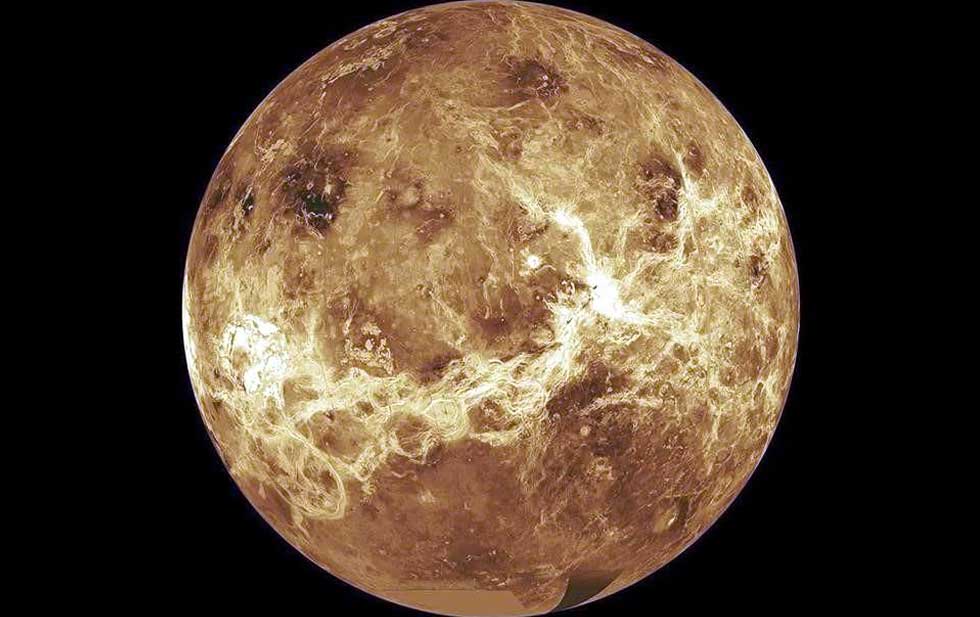Mexico City- After a gap of more than 30 years without a visit to Venus, NASA has selected two new missions to study the closest planet to Earth.
They are VERITAS and DAVINCI+, both part of the US Space Agency’s Discovery program, each with nearly $500 million in development; Above 9 thousand 952 million pesos.
“These missions aim to understand how Venus became an infernal world when it had many characteristics similar to ours and, in fact, was probably the first habitable world in the solar system, with an Earth-like ocean and climate.” came in a statement.
DAVINCI+, an acronym for “Investigation of Venus in a Deep Atmosphere of Noble Gases, Chemistry and Images,” is a capsule that will immerse itself in the thick and toxic atmosphere of astronomers to analyze its composition and understand how it formed and evolved, as well as to determine if there is an ocean.
In addition to contributing to understanding why Venus’s atmosphere is a runaway greenhouse compared to Earth’s, DAVINCI+ will send out the first high-resolution images of the planet’s unique geological features known as “tesserae,” which are comparable to Earth’s continents, indicating the presence of plate tectonics.
On the other hand, VERITAS, which is English acronym for “Emissivity, Radioscience, InSAR, Topography and Spectroscopy of Venus,” is a craft that orbits the planet’s surface to assess its geological history and understand why it evolved differently from Earth.
Equipped with synthetic aperture radar, VERITAS will map the surface elevations of nearly all of Venus to create 3D reconstructions of the topography and confirm whether processes such as plate tectonics and volcanism are still active.
“Using cutting-edge technologies developed and refined by NASA over many years of missions and technology programs, we usher in a new decade for Venus to understand how an Earth-like planet could become a greenhouse,” said Thomas Zurbuchen, Associate Administrator at NASA.
“Our goals are deep. It’s not just about understanding the evolution and habitability of the planets in our solar system, but about expanding beyond these limits to exoplanets, an exciting and emerging area of research for NASA.”
According to Tom Wagner, a scientist from NASA’s Discovery Program, the combined results of these missions regarding clouds, volcanoes, and even the core of Venus will allow the planet to be rediscovered.
In addition to these two missions, NASA has selected two aviation technology demonstrations: Deep Space Atomic Clock-2, which will host VERITAS, whose ultra-accurate signals will help achieve autonomous spacecraft maneuvers and improve observations. .
DAVINCI+ will carry with it the Compact Ultraviolet Visible Imaging Spectrometer (CUVIS), which will perform high-resolution UV measurements using a new free-form optical instrument.
NASA is scheduled to return to Venus between 2028 and 2030.

“Problem solver. Proud twitter specialist. Travel aficionado. Introvert. Coffee trailblazer. Professional zombie ninja. Extreme gamer.”




More Stories
With a surprise in the case: a strange cell phone from Nokia was introduced
PlayStation Stars: what it is, how it works and what it offers to its users | Sony | video games | tdex | revtli | the answers
t3n – Digital Pioneers | digital business magazine